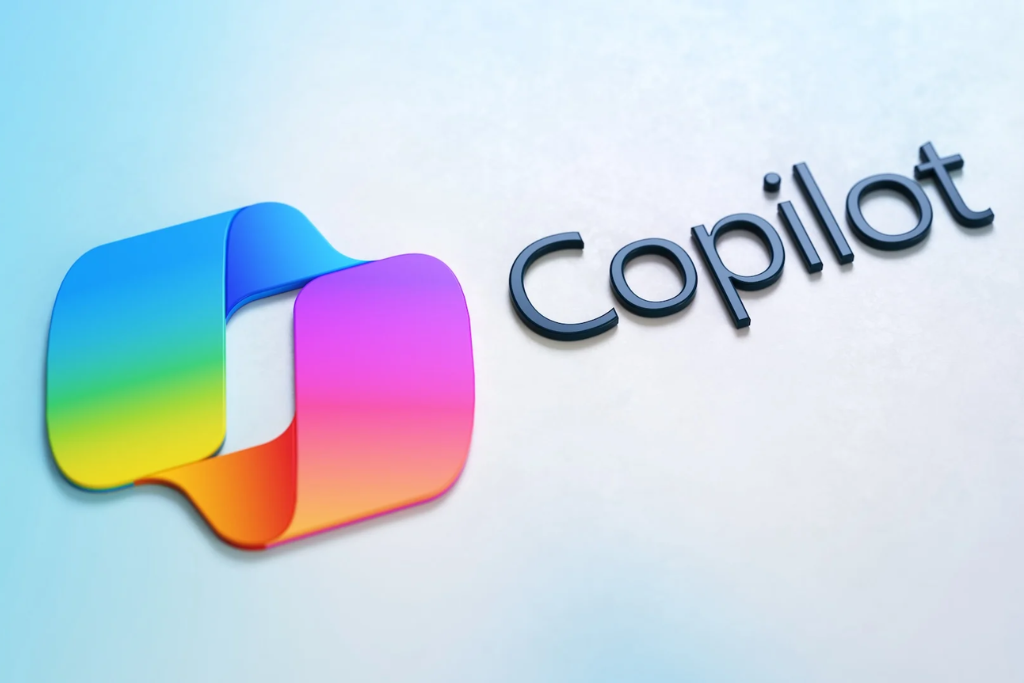Microsoft’s internal deployment of Microsoft 365 Copilot reveals a critical truth for small businesses: organizations that measure AI impact systematically achieve 37% higher ROI than those who deploy AI tools haphazardly. While enterprise giants like Microsoft have resources to experiment, small businesses operating with lean teams can’t afford to treat AI adoption as a guessing game. The tech giant’s recently published framework—refined through deploying Copilot to 220,000 employees—provides a battle-tested roadmap for SMEs to transform AI from a cost center into a measurable productivity engine.
Why Most Small Businesses Fail to Capture AI Value (And How to Avoid It)
Microsoft’s most sobering admission? They initially deployed Copilot without properly measuring baseline processes, making it difficult to quantify ROI—a mistake that small businesses cannot afford. Unlike large enterprises with margin for error, SMEs need immediate, demonstrable returns from AI investments. The data is clear: businesses that skip the measurement phase see 68% lower adoption rates and struggle to justify ongoing AI expenditures.
For accountants drowning in administrative work or law firms managing client communications, the stakes couldn’t be higher. Microsoft’s research shows employees who use Copilot three times weekly build sustainable AI habits that drive cumulative productivity gains—but only when implementation follows a structured framework.
The 6-Step SME Framework for Measurable Copilot ROI
1. Identify High-Impact Pain Points (Not Just “Cool Features”)
Microsoft started with their sales team because they identified specific processes where AI could deliver immediate value. Small businesses should follow suit:
- For accountants: Focus on invoice processing, expense categorization, and client communication templates
- For restaurants: Target menu description generation, staff scheduling conflicts, and supplier communications
- For tradies: Prioritize quote generation, job documentation, and client follow-up sequences
Action step: Map your top 3 time-consuming processes and quantify hours spent weekly before implementing Copilot.
2. Measure Before You Deploy (The Critical Baseline)
Microsoft regrets not establishing proper baselines pre-deployment. For SMEs, this means:
- Track time spent on specific tasks (e.g., “Creating client proposals takes 2.5 hours weekly”)
- Document error rates in repetitive processes
- Measure employee frustration levels with specific workflows
Business impact: A Melbourne accounting firm measured that client onboarding consumed 8.3 hours weekly per staff member. After Copilot implementation, they reduced this to 4.7 hours—a quantifiable 43% improvement they used to justify the investment.
3. Implement Role-Specific Training (Not One-Size-Fits-All)
Microsoft discovered generic AI training delivers only 22% of potential value. Their solution? Role-based training that addresses specific job functions:
- For law firms: Train on legal document review, precedent research, and client communication drafting
- For migration agents: Focus on application template generation and regulatory compliance checks
- For restaurant owners: Teach menu description optimization and customer feedback analysis
Implementation tip: Create “prompt libraries” for common tasks in your industry. Microsoft’s 7,000-strong Copilot champion community demonstrates the power of peer-driven knowledge sharing.
4. Deploy in Strategic Cohorts (Not Organization-Wide)
Rather than overwhelming your team, follow Microsoft’s phased approach:
- Start with one department (e.g., your sales or client-facing team)
- Measure impact over 4-6 weeks
- Refine prompts and workflows based on real usage
- Expand to additional teams with optimized implementation
Case study: A Sydney-based accounting practice deployed Copilot first to their tax team, achieving 31% time savings on tax preparation. They then customized the implementation for their bookkeeping team, achieving 27% efficiency gains with minimal additional training.
5. Quantify Time Reclaimed (Not Just “Cool Things It Does”)
Microsoft’s most valuable insight: measuring time savings is only half the battle. You must track how that reclaimed time is used:
- Implement a simple system to document how employees redeploy saved hours
- Connect productivity gains to business outcomes (e.g., “Saved 5 hours weekly = 2 additional client consultations”)
- Use Microsoft’s new “AI Adoption Score” in the Admin Center to track usage patterns
Data point: Businesses that formally track redeployed time see 3.2X higher ROI from AI investments than those who merely measure time savings.
6. Reinvest Gains Into Strategic Growth (The Value Multiplier)
Microsoft’s critical final step: “Most enterprises aren’t investing in Copilot solely to give their people time back.” For SMEs, this means:
- Convert time savings into revenue-generating activities (e.g., “The 8 hours saved weekly = 2 additional client proposals”)
- Document these conversions to build the business case for future AI investments
- Create formal commitments for how reclaimed time will be used
Your 30-Day Implementation Plan
Don’t attempt a complete overhaul. Focus on these high-impact actions:
Week 1: Identify and measure one high-impact process where Copilot can deliver immediate value
Week 2: Develop role-specific prompts and conduct targeted training for 2-3 key staff members
Week 3: Deploy to your pilot group and track time savings daily
Week 4: Document how reclaimed time is being redeployed and calculate ROI
The Bottom Line
Microsoft’s experience proves that AI success isn’t about the technology—it’s about the implementation methodology. For small businesses without Microsoft’s resources, following this structured approach is not just beneficial but essential for survival in an AI-driven marketplace.
The most successful SMEs won’t be those with the most advanced AI tools, but those who treat AI implementation as a strategic business process rather than a technological experiment. As Microsoft’s data confirms, organizations that measure, optimize, and strategically redeploy AI gains will pull ahead of competitors who treat AI as merely another software purchase.
Ready to transform your AI investment from cost to competitive advantage? Subscribe to The AI Nuggets for weekly, battle-tested strategies that turn AI potential into measurable business results.



